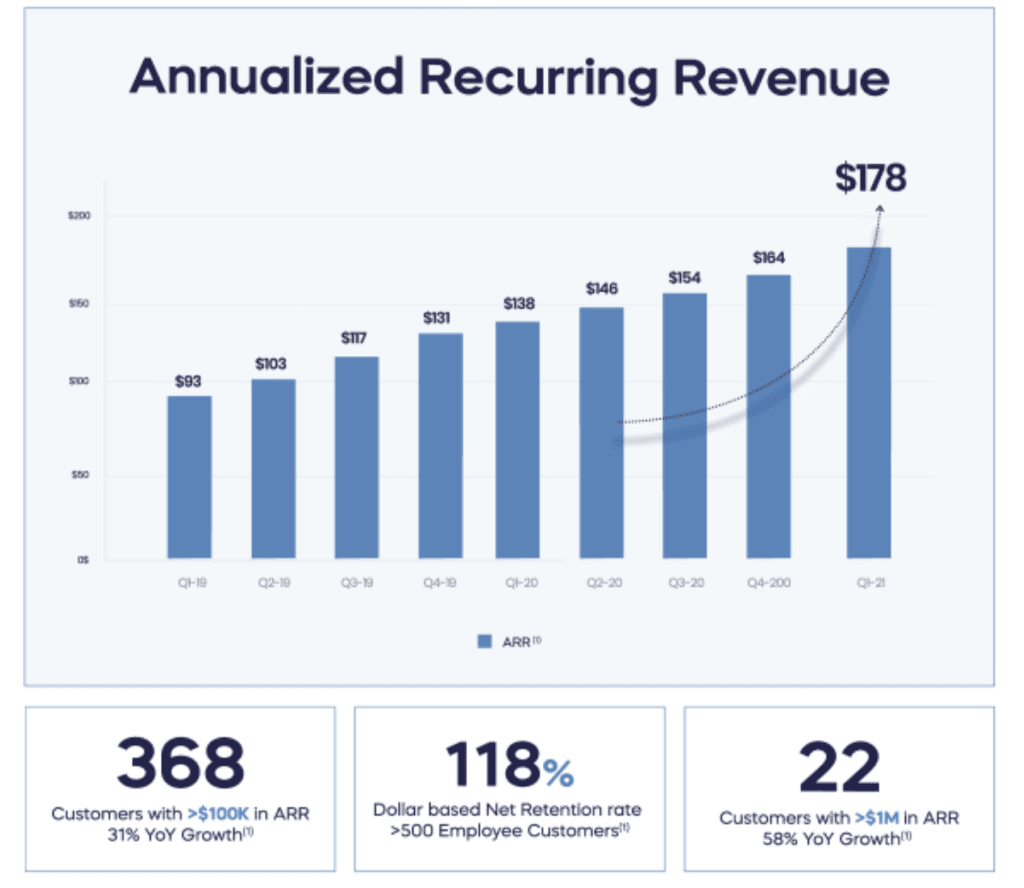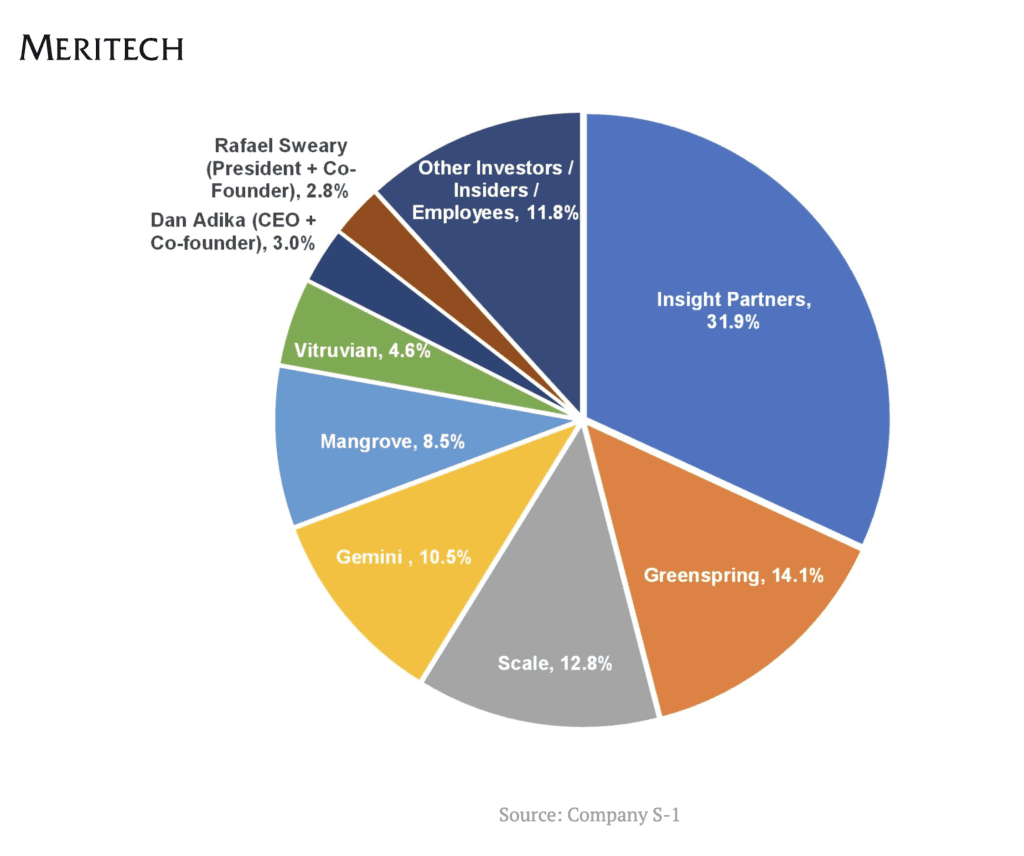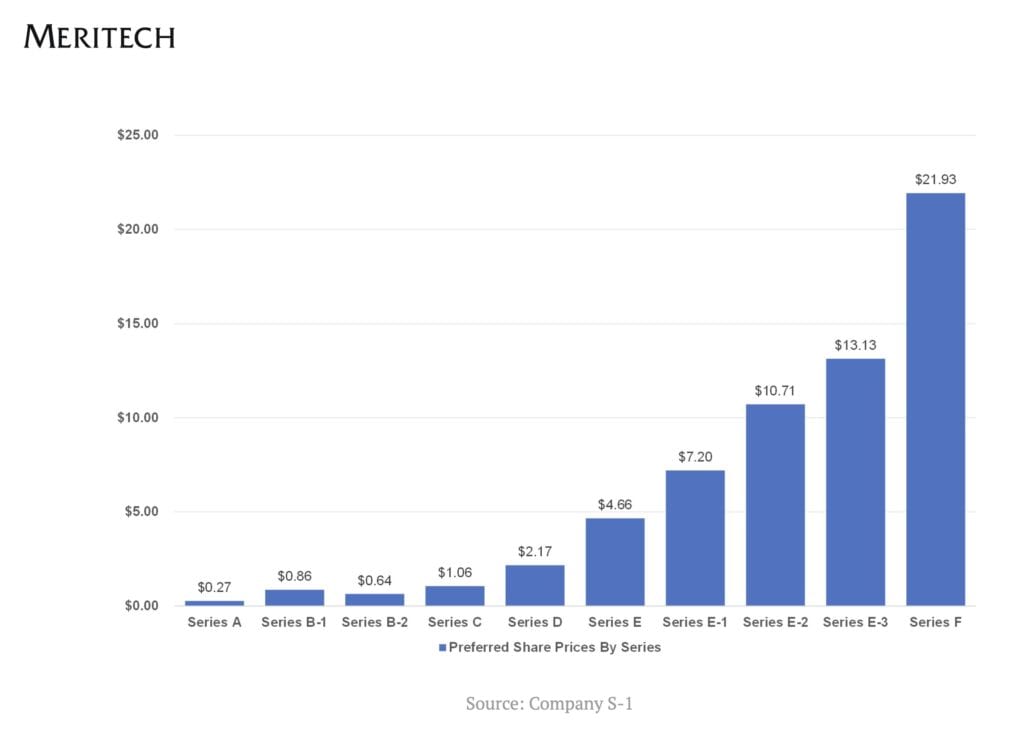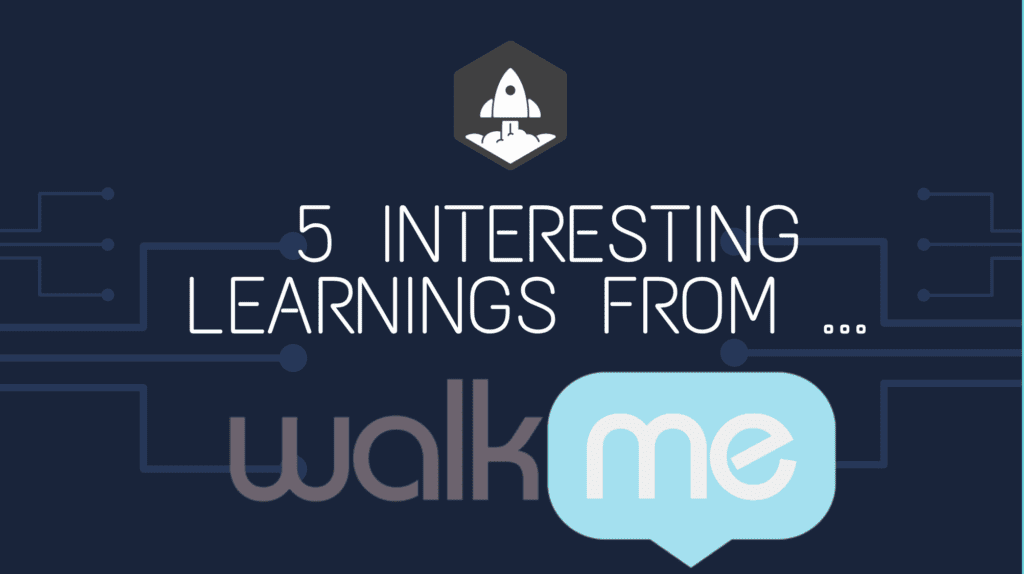
The IPOs sure are a-flyin’ these days in SaaS and Cloud. One of the latest was WalkMe, a tool so many leaders use to help make navigating websites easier and reduce user friction. WalkMe CEO Dan Adika has also been part of several SaaStr Annuals, and we’re proud to see the IPO now!!
I wanted to do a deeper dive on WalkMe not just because it has IPO’d and hit $200m ARR, but because more than many in this 5 Interesting Learnings series, WalkMe is like “us”. What I mean is, it looks a lot like many leading SaaS companies. It’s going upmarket. Its growth is strong, but it was never crazy Clubhouse strong, just consistently strong, and it took a little while to hit the first $1m in ARR. Today, at almost $200m ARR, it’s growing 29%+. And it sells to the same classic customer base most of us do.
So we are all WalkMe. 🙂
5 Interesting Lessons:
#1. 1.5 years to first $1m in ARR. Again, like a lot of us. WalkMe became a $200m+ leader over 10 years, but it took 1.5 years to get to the first $1.5m in ARR.
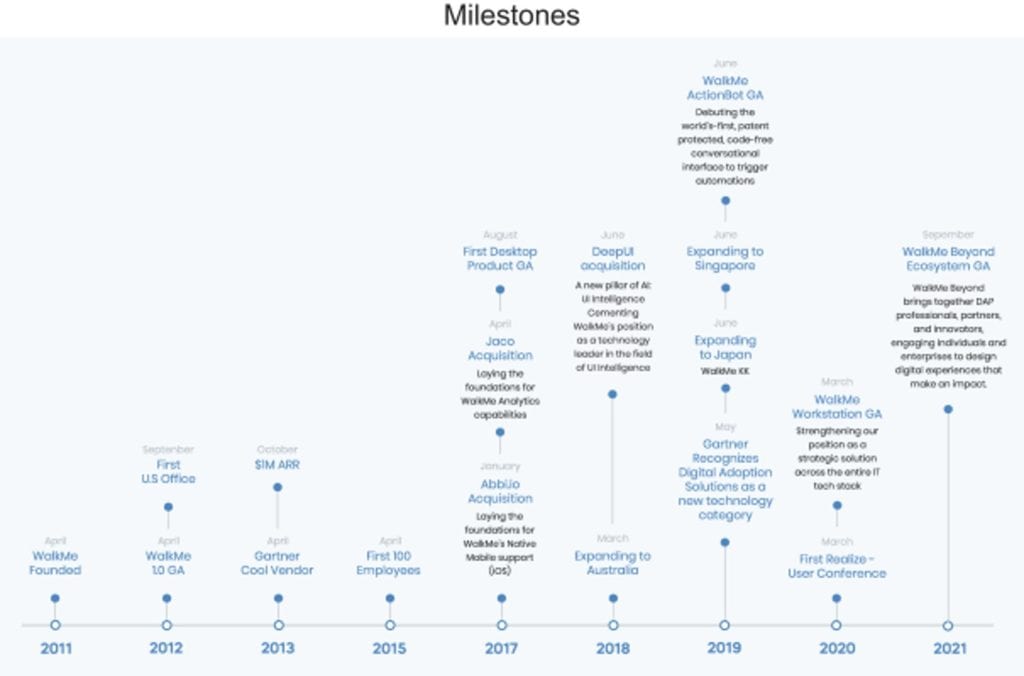
#2. Going upmarket is key to growth — customer count is flat. WalkMe’s new customer growth is low at $200m ARR, relatively flat at 2,000 customers paying a bit less than $100k each on average. This is fairly unusual to not see customer count growing at least at half the rate of ARR growth: ” As of December 31, 2019, and 2020 and the three months ended March 31, 2021, we had 1,945, 1,997 and 1,984 customers, respectively.”. But the bigger ones are driving growth, especially as they get bigger. They have 22 $1m+ customers, growing 58%, and overall the $100k+ customers are growing 31% and are 71% of their business, up from 63% a year prior:
#3. Professional Services are 12% of revenue and lose money. WalkMe takes some work to deploy successfully, and so they bring in professional services to help make it easier on their customers — as many of us do in bigger accounts. Last year they charged $18m for their services, which cost them $20m to deliver. So unlike Veeva or Qualtrics, they don’t make money on services. But it helps them close customers, and overall, services remains under 15% of total revenues:
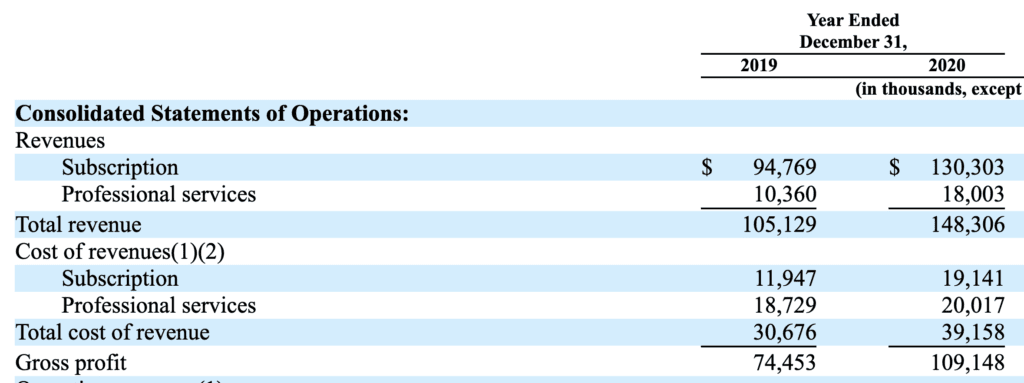
#4. Staying a “Foreign Private Issuer”. Like Monday.com, WalkMe decided not to “flip” and become a U.S. company. It’s remained an Israeli company legally, despite most of its business being in North America.
#5. 2015 customer account size has grown 4.3x through 2021 (for 500+ employee customers). Every SaaS company does a cohort analysis a bit differently, but I found this one data point super helpful. WalkMe’s early-ish customers from 2015 had grown 4.3x in size over 6 years. This isn’t UiPath crazy levels of account growth, but boy it’s a lot. Overinvest in your customer base.

And a few bonus notes:
#6. NRR of 112% overall, 120% for bigger customers. This is pretty good although not top decile. Again, it’s probably pretty similar to what a lot of us see that sell to mid-market and larger customers.
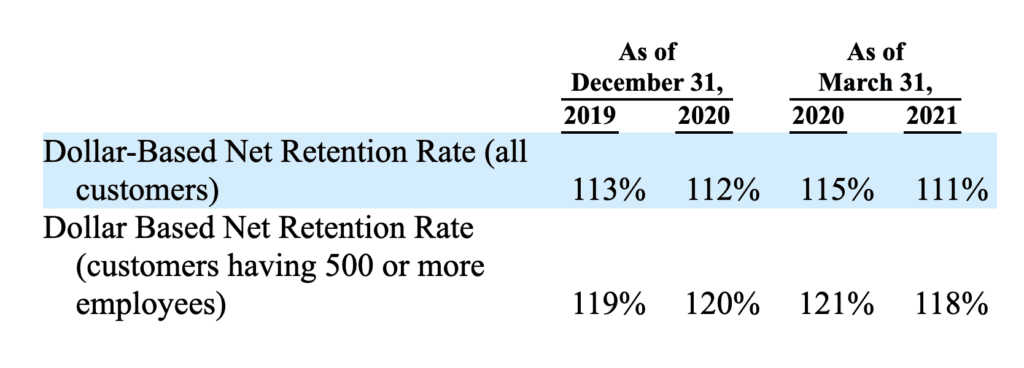
#7. 70% of revenue from U.S. customers. Pretty consistent with what most of us see, too. But I might have expected more revenue from Europe and EMEA given the company’s roots in Israel.
#8. 940 employees, so about $200k in revenue per employee. This isn’t hyper-efficient, but pretty similar to the ratio in most growth-stage SaaS companies.
#9. Pretty dilutive to founders; each owns less than 3%. You do what it takes to win as a founder, and sometimes that leads to more dilution, sometimes less. But Walkme’s founders did suffer a fair amount of dilution after 10+ rounds of VC funding, down to less than 3% each. While that may sound low (and it is), 10 total rounds of funding intuitively would lead to about 50% more founder dilution than “normal”:
An incredible milestone for WalkMe!! Kudos to the founders and whole team on building an iconic SaaS company!!
Today, #WKME goes live on @Nasdaq! 🚀
Our vision is to fundamentally transform the productivity of humanity by harnessing the power of technology.
This is a HUGE milestone in the Journey of #DigitalAdoption!
This is only the beginning ⚡⚡⚡ #WalkMeIPO pic.twitter.com/3Yy4Kecpar
— WalkMe (@WalkMeInc) June 16, 2021
And a few other great ones in this series:
- 5 Interesting Learnings from Zendesk. As It Crosses $1B in ARR
- 5 Interesting Learnings from HubSpot as It Approaches $1 Billion in ARR
- 5 Interesting Learnings from RingCentral. As it Approaches $1B in ARR.
- 5 Interesting Learnings from Palantir at $1 Billion in ARR.
- 5 Interesting Learnings from Slack at $1B in ARR
- 5 Interesting Learnings from PagerDuty, as It IPOs
- 5 Interesting Learnings from Zoom at IPO
- 5 Interesting Learnings from Bill.com at IPO
- 5 Interesting Learnings from Asana at $250,000,000 in ARR
- 5 Interesting Learnings from Qualtrics at $800m+ in ARR
- 5 Interesting Learnings from Xero. As It Approaches $1B in ARR
- 5 Interesting Learnings From Snowflake at $600,000,000 in ARR
- 5 Interesting Learnings from New Relic at $650,000,000 in ARR
- 5 Interesting Learnings from Box At $800,000,000 in ARR

